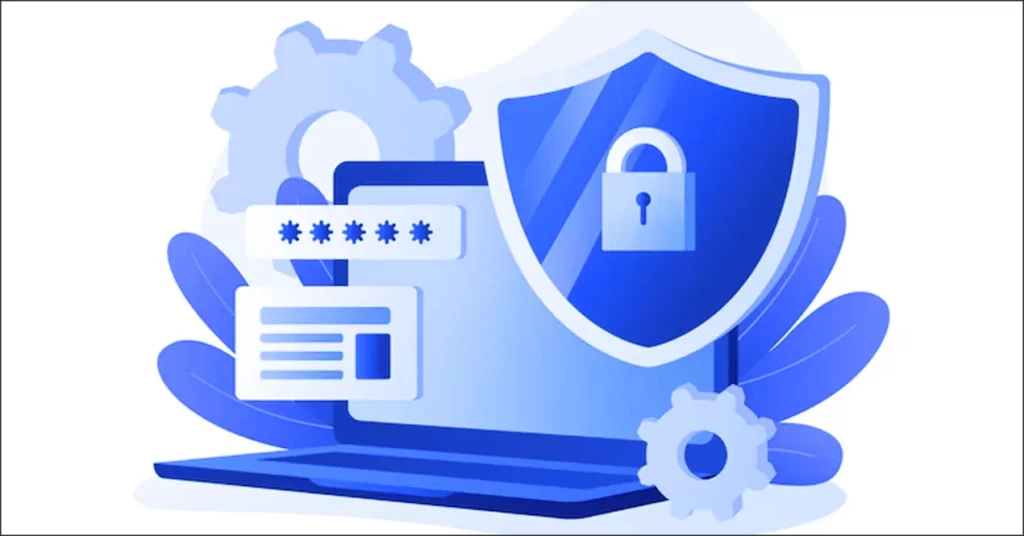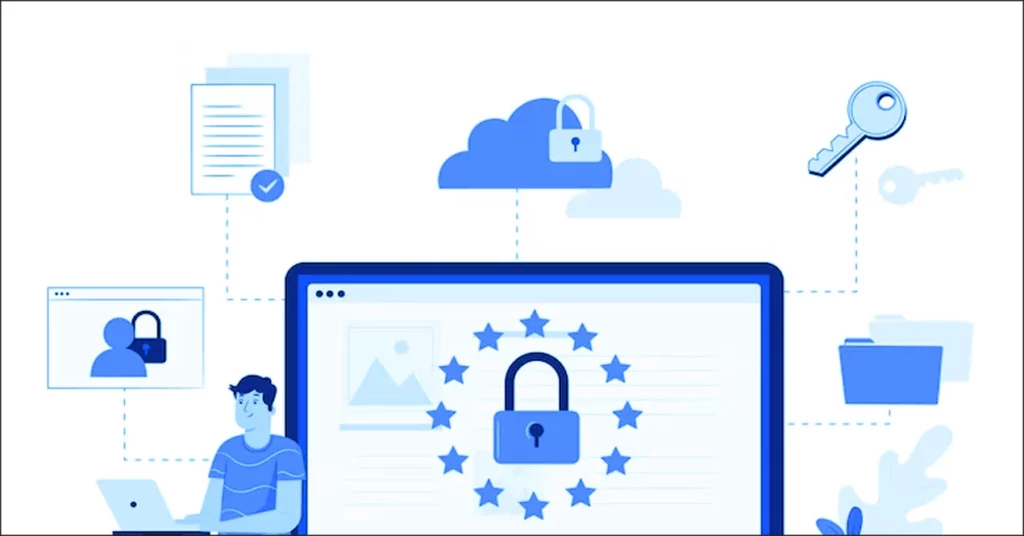The Best Methods for Internet Security
Table of contents
In the current digital landscape, online security has become increasingly crucial. Cyberattacks affect people and companies on a daily basis, causing financial losses, reputational harm, and data breaches.
You may contribute to the protection of your website and data against cyberattacks by adhering to a few basic best practices.

Update your software regularly
Updating your software is one of the most crucial things you can do to strengthen your web security. Updates are frequently released by software makers to address security flaws. Your website and data are at risk if you fail to implement these upgrades. Ensure that the software listed below is kept up to date:
- Your web browser
- Your operating system
- CMS or content management system of your website
- Any extensions or plugins from third parties
Employ secure passwords and turn on two-factor authentication
One of the most popular methods used by attackers to access websites and systems is weak passwords. Use strong passwords with a combination of capital and lowercase letters, digits, and symbols that are at least 12 characters long.
Additionally, you ought to turn on multi-factor authentication (MFA) for each and every one of your accounts, including CMS and website hosting. By forcing you to enter a code from your phone in addition to your password when logging in, MFA offers an extra degree of security.
Put in place robust authorization and authentication procedures
While authorization controls decide which resources users are permitted to access, authentication controls confirm the identity of users. Strong authorization and authentication procedures must be put in place to keep unwanted users off of your website.
According to Web Design Jacksonville experts, Typical techniques for authentication consist of:
- Social login
- Password-based authentication
- Two-factor authentication
- Single sign-on (SSO)
Access control lists (ACLs), role-based access control (RBAC), and attribute-based access control (ABAC) are a few popular authorization techniques.
Encrypt private information

Encryption should be used both in transit and at rest for sensitive data, including passwords, credit card numbers, and personal information. This implies that anyone lacking the encryption key should be unable to read the data.
Data can be encrypted using a number of techniques, including:
- Pretty Good Privacy (PGP)
- Secure Sockets Layer (SSL)
- Transport Layer Security (TLS)
Apply a firewall to web applications (WAF)
A firewall created especially to defend web applications against threats is known as a WAF. Common assaults like SQL injection, cross-site scripting (XSS), and denial-of-service (DoS) attacks can be prevented with its assistance. Either employ a cloud-based WAF solution or install a WAF on your own servers.
Keep an eye out for unusual activity on your website
Additionally, you want to keep an eye out for any strange activity on your website, such as odd traffic spikes or unsuccessful login attempts. This might assist you in immediately recognizing and retaliating to attacks. To keep an eye out for questionable activity on your website, you can use a number of tools, including:
- Tools for managing logs
- web analytics
- security information and event management (SIEM)
Teach your staff about online safety
One of your most valuable security assets is your workforce. It’s crucial to teach them about best practices for online security, such as creating secure passwords and avoiding phishing scams.
Your staff can learn about web security from you by participating in:
- Security awareness training programs
- Frequent security briefings
- Phishing simulations
Conclusion
According to Web Design Jacksonville FL experts, You may build a website that is quick, safe, accessible, and simple to use by avoiding these typical web development errors.







